The Arrow: September 9, 1932
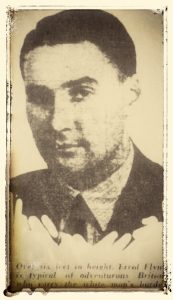
The Advocate: February 17, 1930
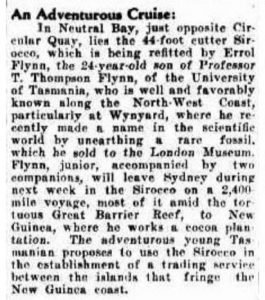
The Mercury: March 13, 1930
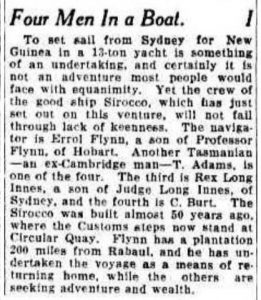
The Sydney Morning Herald: December 12, 1930
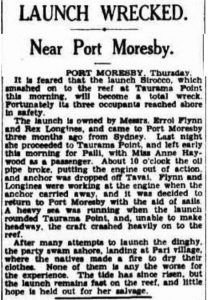
— Tim
The Arrow: September 9, 1932

The Advocate: February 17, 1930

The Mercury: March 13, 1930

The Sydney Morning Herald: December 12, 1930

— Tim
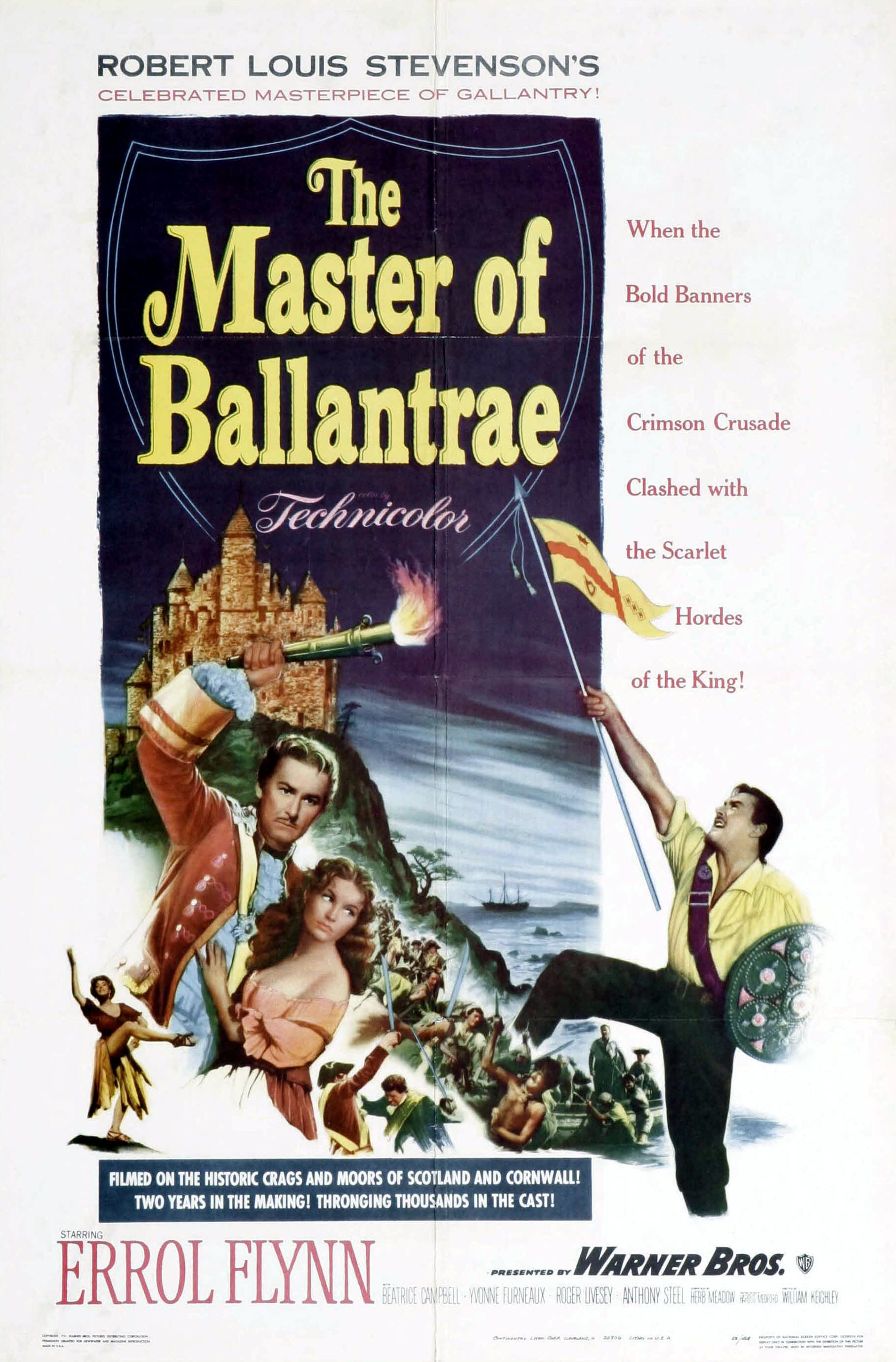
Just watched this again a few days ago and was very happy with the real locations used rather than the back lot. Makes me wish Against All Flags was filmed in Europe too.
I think that many reviews in the book The Films Of Errol Flynn are a bit too critical and was happy to find this one.
MOVIE REVIEW
Master of Ballantrae’ at Paramount
H. H. T.
Published: August 6, 1953
With plenty of good, old-fashioned muscularity crowding a highly pictorial Technicolor frame, at least three-fourths of “The Master of Ballantrae” makes a rousing, spectacular outlet for a pair of estimable adventurers, Errol Flynn and the master himself, Robert Louis Stevenson. In the new Warner Brothers arrival at the Paramount yesterday, Mr. Flynn is leading a fine, predominantly British cast through one of the liveliest, handsomest and most absurd screen free-foralls ever to leave the Victorian talespinner’s pen.
If the excessive length and staggeringly heroic exploits can be pinned on Warners and Mr. Stevenson, respectively, no one, assuredly, should question the lavish elasticity of the proceedings. It is played well by the entire cast, and seasoned throughout with some brazen drollery. The film was gleamingly authenticized in such locales as Scotland, England and Sicily.
Herb Meadow’s adaptation fittingly charts a cluttered, tumultuous odyssey for the indefatigable protagonist, leader of the fiery Durisdeer clan and fugitive champion of the Stuart Restoration, as he engineers a magnificent career in high-seas piracy and returns home, a wiser, if no less boisterous, rebel. The direction of William Keighley is equally alert and scenic, whether scouring the craggy, heather-strewn battlegrounds of the clansmen or capturing the lusty barbarism of the pirates’ island sanctuary. And since the dialogue is more often pungent than standard, the motivations and characterizations retain a surprising air of conviction, for all the flying kilts, sabers and sails.
Mr. Flynn is, in turn, bold, roguish and forgiveably self-satisfied in his best swashbuckler since “The Sea Hawk,” thirteen long years ago. The featured players, a spanking round-up, are crisp, restrained and forceful, one and all, particularly Roger Livesey and and Anthony Steel, and the ladies in the case, Beatrice Campbell and Yvonne Furneaux.
Last but not least, the truly stunning color photography of that British ace, Jack Cardiff, provides a canvas that stands as a model of its kind and fully rates the classic archive reserved for Mr. Stevenson, long, perhaps, after Mr. Flynn and company are forgotten. Meanwhile, Mr. Flynn is having himself, as well he might, a field day.
THE MASTER OF BALLANTRAE, screen play by Herb Meadow, based upon the Robert Louis Stevenson story directed by William Keighley and presented by Warner Brothers.
Jamie Durisdeer . . . . . Errol Flynn
Col. Francis Burke . . . . . Roger Livesey
Henry Durisdeer . . . . . Anthony Steel
Lady Alison . . . . . Beatrice Campbell
Jessie Brown . . . . . Yvonne Furneaux
Lord Durisdeer . . . . . Felix Aylmer
MacKellar . . . . . Mervyn Johns
Arnaud . . . . . Jack Berthier
Mendoza . . . . . Charles Goldner
Maj. Clarendon . . . . . Ralph Truman
— twinarchers
Earl Conrad thought it to be a cruel joke played on him by Errol while in Jamaica. Not true. Errol was telling the truth just like he always did.
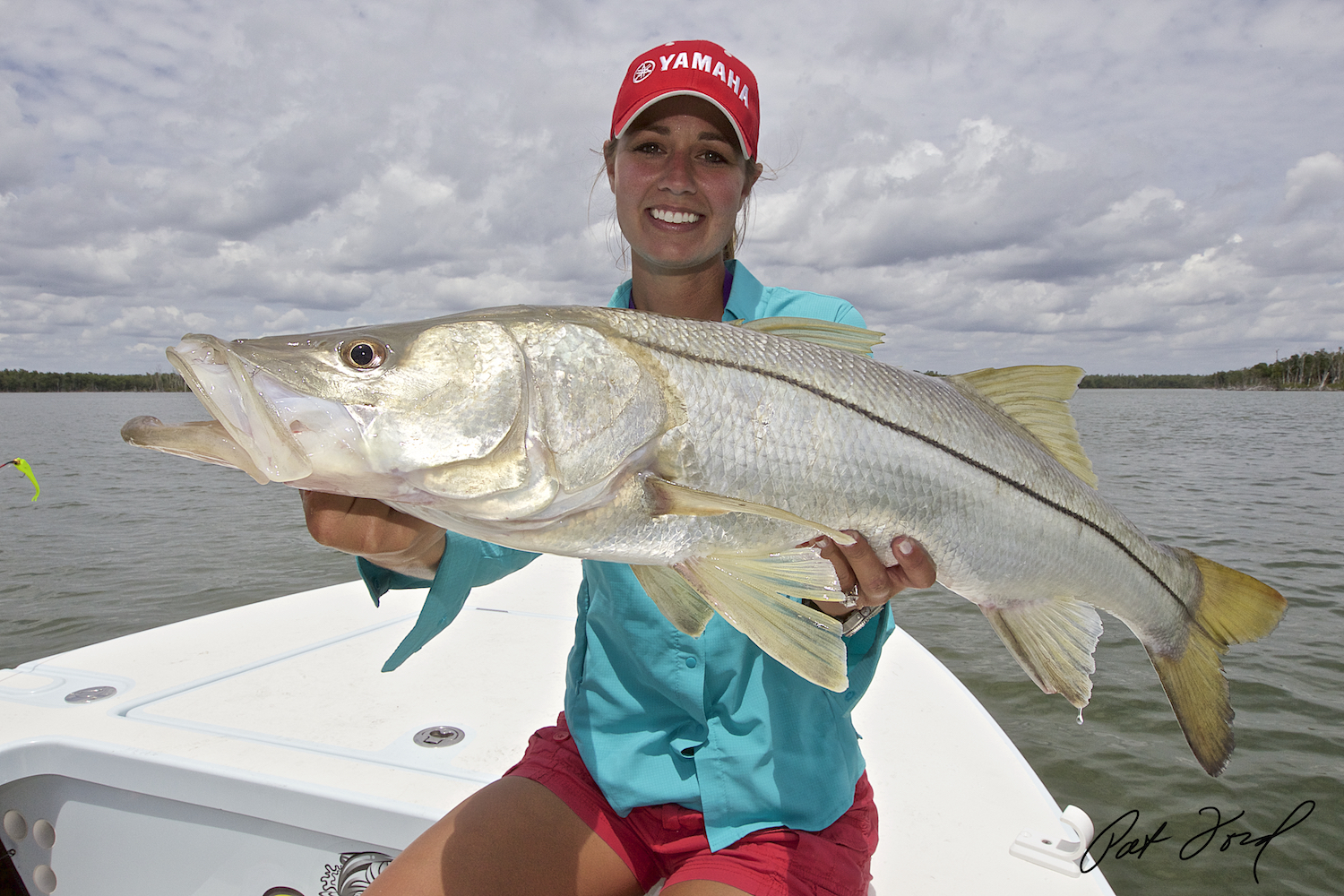
— twinarchers
I wonder how many of you would like to see any of Errol’s films colorized with today’s technology? I would start with Captain Blood and see what happens. Objective Burma would be another. How do you think they would look? I am sure better than what Ted Turner did back in the VHS days.
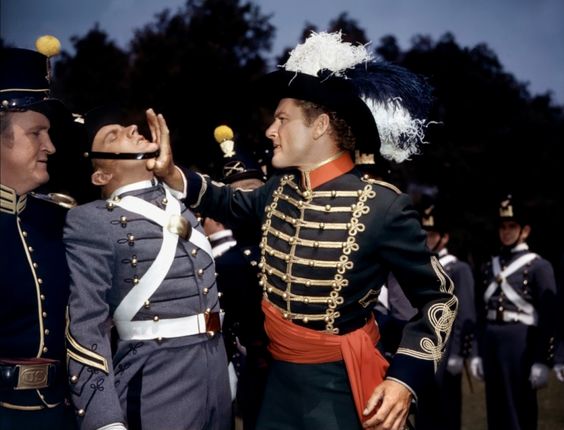
— twinarchers
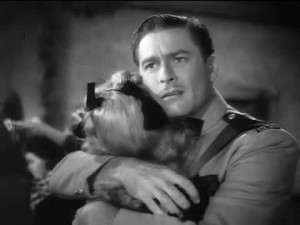 In 1943 Errol Flynn was accused of statutory rape and made the front pages of not only the gossip columns but all news papers. He would be acquitted of all charges. His star status actually increased from the publicity. All 4 of his films in 1942-43 were highly successful earning over 2 million dollars per film. But, for the first time in his career his reputation became the bad boy of Hollywood and became the ‘butt of jokes’. Which was something new to him. Instead of resisting, he played along with the womanizing comments. During the filming ”NORTHERN PURSUIT”, he played a Canadian Mountie and ended the film by assuring his bride Julie Bishop that he has known many girls, but she is the only one he ever loved. Then, turning and confiding with the audience, he blurts out: ”What am I saying?” Everyone loved it.
In 1943 Errol Flynn was accused of statutory rape and made the front pages of not only the gossip columns but all news papers. He would be acquitted of all charges. His star status actually increased from the publicity. All 4 of his films in 1942-43 were highly successful earning over 2 million dollars per film. But, for the first time in his career his reputation became the bad boy of Hollywood and became the ‘butt of jokes’. Which was something new to him. Instead of resisting, he played along with the womanizing comments. During the filming ”NORTHERN PURSUIT”, he played a Canadian Mountie and ended the film by assuring his bride Julie Bishop that he has known many girls, but she is the only one he ever loved. Then, turning and confiding with the audience, he blurts out: ”What am I saying?” Everyone loved it. 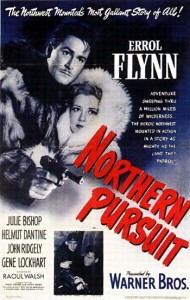
— Kevin Wedman
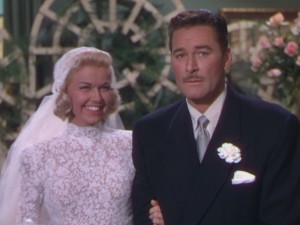 Doris Day plays a waitress in the Warner Bros. Commissary wanting to be an actress in movies but decides to give it all up and returns home to Goerkes Corner, Wisconsin to marry long-time sweetheart Jeffrey Bushdinkle who turns out to be Errol Flynn. A highly entertaining and funny film in Technicolor.
Doris Day plays a waitress in the Warner Bros. Commissary wanting to be an actress in movies but decides to give it all up and returns home to Goerkes Corner, Wisconsin to marry long-time sweetheart Jeffrey Bushdinkle who turns out to be Errol Flynn. A highly entertaining and funny film in Technicolor.
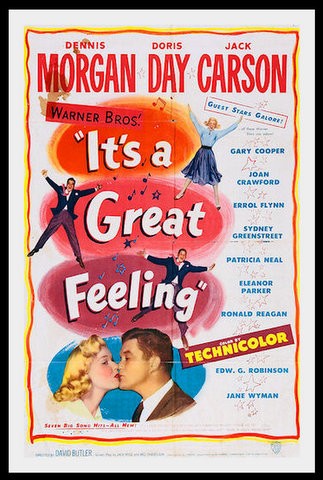
— Kevin Wedman
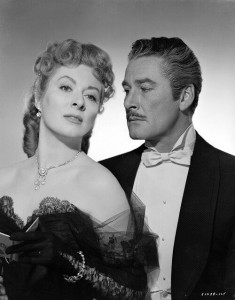 “His life was one of highs and lows, and he burned himself out much too soon. In thinking of him, let us remember, above all, that to millions of people the world over he brought exhilarating and joyous entertainment, and lifted their imagination and their spirits out of the doldrums and tensions of day-to-day living with a glorious vision of adventure, chivalry, and romance.”
“His life was one of highs and lows, and he burned himself out much too soon. In thinking of him, let us remember, above all, that to millions of people the world over he brought exhilarating and joyous entertainment, and lifted their imagination and their spirits out of the doldrums and tensions of day-to-day living with a glorious vision of adventure, chivalry, and romance.”
–Greer Garson.
— Kevin Wedman